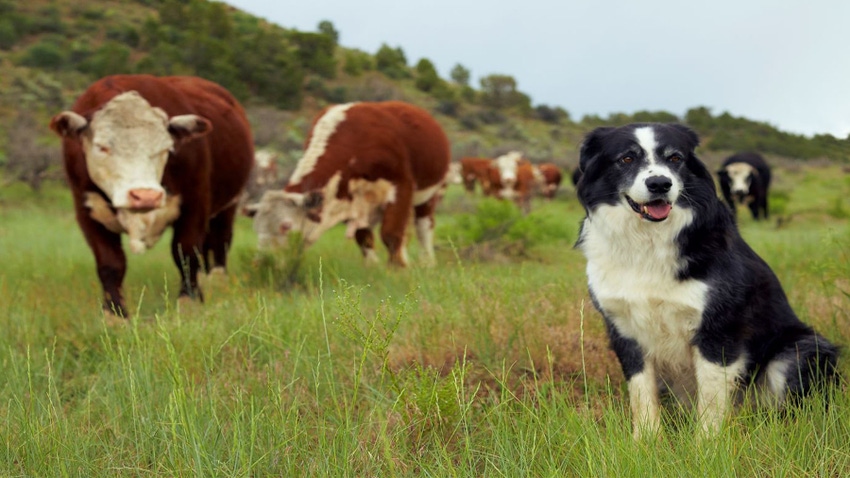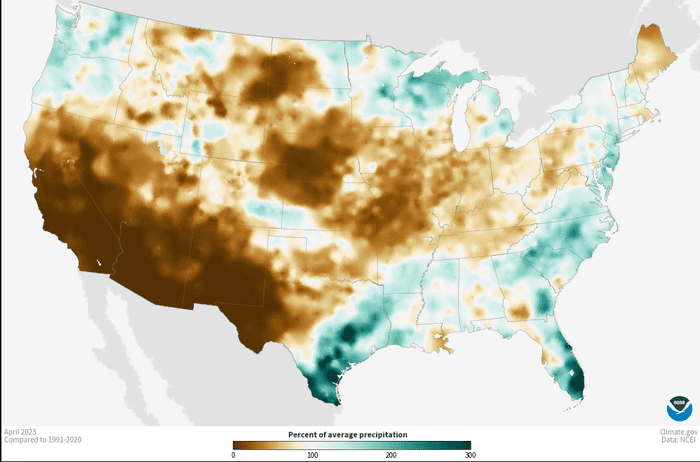June 14, 2023

By James Mitchell, University of Arkansas
Last week, Kenny, Josh, and I attended a conference focusing on extension economics in the Southeast. One of the topics discussed formally and in casual conversation was drought in our home states – our efforts during last year’s drought and any concerns we had heard about this year. As I sat down this morning to catch up on emails, my inbox confirmed that there are indeed concerns about dryness in Arkansas.
.png?width=700&auto=webp&quality=80&disable=upscale)
The most recent U.S. Drought Monitor shows North Arkansas and Kentucky as “abnormally dry.” There are parts of Tennessee that are also abnormally dry. Even more concerning is the situation in states like Missouri, one of the country’s biggest hay producers. We got some rain over the weekend in Arkansas, but I’m not sure it was enough to move us out of the “abnormally dry” category. U.S. Drought Monitor can be highly variable week-to-week – especially in Arkansas, where areas like the Ozarks can dry up quickly.
This morning, I was reminded that many factors are at play besides the immediate dryness in the weekly drought monitor. For example, conditions during the spring have important implications for early forage and hay production. The first map in this article shows how much the monthly average temperature for April 2023 differs from the historical 1981-2010 average. Areas shaded red indicate regions where April was warmer than normal. Areas shaded blue show regions where April was colder than normal. Except for Arkansas, the Southeast was warmer than normal this spring.
The second map in this article is accumulated precipitation for April 2023 relative to the 1991-2020 historical average. Areas in red denote below-average rainfall. The areas in blue indicate above-average rainfall. Drawing a diagonal line through Arkansas, the northwest of the state had below-average rainfall, while the southeastern part had above-average rain. April precipitation for Kentucky and Tennessee was below average.
 Leading up to summer, conditions in the Southeast were mixed. Kentucky had a warm and dry April. Half of Arkansas had a cool and dry April, while the other half was cool and wet. One caveat to both maps in this article is that it is not obvious to me how big of a deviation from normal translate to noticeable forage production impacts. Finally, the three-month outlook from NOAA calls for above-average rainfall and above-average temperatures during June-Aug in the Southeast.
Leading up to summer, conditions in the Southeast were mixed. Kentucky had a warm and dry April. Half of Arkansas had a cool and dry April, while the other half was cool and wet. One caveat to both maps in this article is that it is not obvious to me how big of a deviation from normal translate to noticeable forage production impacts. Finally, the three-month outlook from NOAA calls for above-average rainfall and above-average temperatures during June-Aug in the Southeast.
You May Also Like




